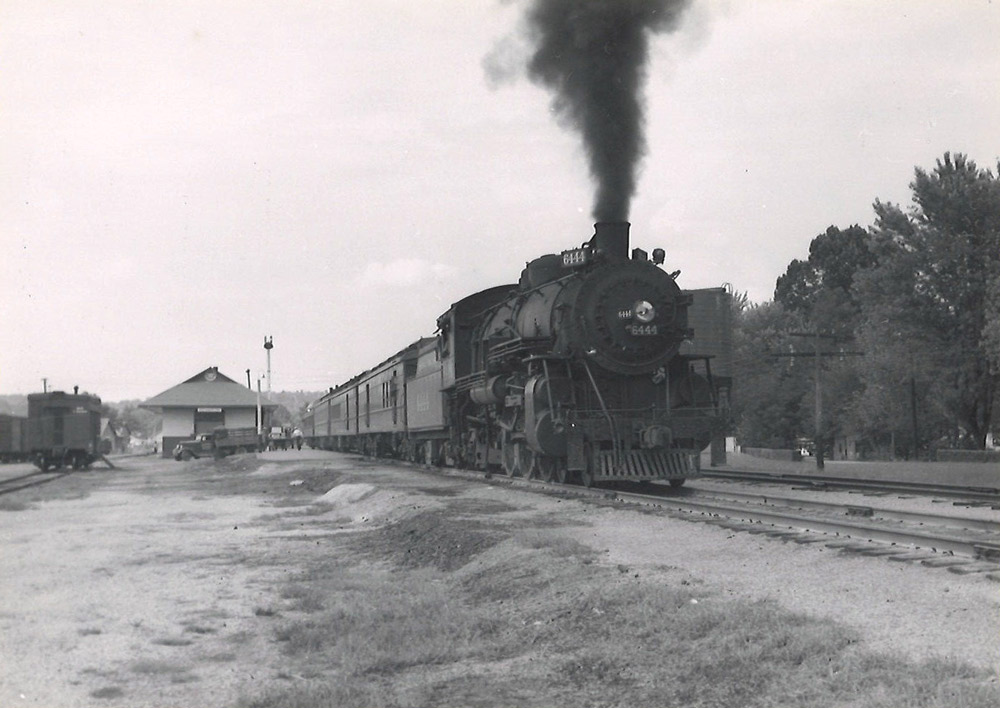
It was a warm, sunny day in May 1942. I was a stenographer-clerk in Missouri Pacific’s Traffic Department at Poplar Bluff, Mo. I recently had enlisted in the Army Air Corps, passed their aptitude tests for Aviation Cadet, and was waiting to be called for training.
My boss, Mr. Waldo Ahrens, was out in the territory, which consisted of a sort of triangle from the Arkansas state line north to DeSoto, Mo., thence southeast to Charleston, Mo., and back west to Poplar Bluff, where the division office was located. That’s where I sat, in a small room off the superintendent’s office, keeping records on traffic originating at or received by each of the 35 or so stations on our division.
When I arrived at work, people were on the station platform waiting for the train to take them into St. Louis or Little Rock, Ark. Our passenger traffic had picked up recently, as wartime rationing made it difficult to get sufficient gasoline to justify an auto trip out of town. Baggage carts were in place, some loaded with milk or other farm produce to go to market.
The tracks were busy in those days. Several trains carrying troops and their supplies, plus trains with war materiel, moved through daily. Conductors and porters could be seen either coming or going, and locomotive smoke rose peacefully in the blue sky.
There was a slight commotion in the hall, and I went out to find Mr. Baker, the chief train dispatcher, in an agitated state. The dispatcher’s office was responsible for directing train traffic all over the division, and everyone was always under the gun if there were any goof-ups. Mr. Baker looked like he was having one of those days.
“What’s the matter, Mr. Baker?” I asked.
He gave me a glance as if to say, “How would you know anything? You’re just a kid in the Traffic Department.” Operations men kind of looked down on us as being unnecessary. After a moment, he answered: “Aw, the Hog got the Dog on the Cat.”
I had no idea what he was talking about. “What do you mean?” I asked. I am sure he was annoyed at me, but he stopped long enough to explain.
The “Hog” he was talking about referred to a federal regulation, commonly called the Hog Law, which stated that a train crew could not work more than 16 consecutive hours. There was a train headed for Poplar Bluff, and Mr. Baker had hoped it would make it in before the crew ran out of time. But, with just 12 miles to go, the Hog Law caught up with them. Now Mr. Baker would have to hire a taxi to take a new crew out to where the train had stopped. The new crew would get a day’s wages just to move the train a few miles into the yard. Management did not like that.
Well, that explained that, but what about the Dog? The train in question was a local wayfreight, which, in the hierarchy of trains, was at the bottom. Such trains had various nicknames, mostly derogatory, and this one was known as the Dog. That leaves the Cat.
Like the trains themselves, individual railroads often have nicknames. For reasons now unclear, MoPac’s ex-St. Louis, Iron Mountain & Southern line east of Poplar Bluff, which once extended to Birds Point, across the Mississippi River from Cairo, Ill., at some point acquired the nickname “the Cat.”
So, the Hog got the Dog on the Cat. With all the traffic in those days, and limited double-track, it’s a wonder there were not more collisions. A train that had stopped out on the line because of the Hog Law, even if parked in a siding, could delay other trains and scramble crew assignments. That is why Mr. Baker was so agitated. In addition to the operational and personnel problems he had to sort out, he probably would have been called in for a hearing by the Division Superintendent’s office.






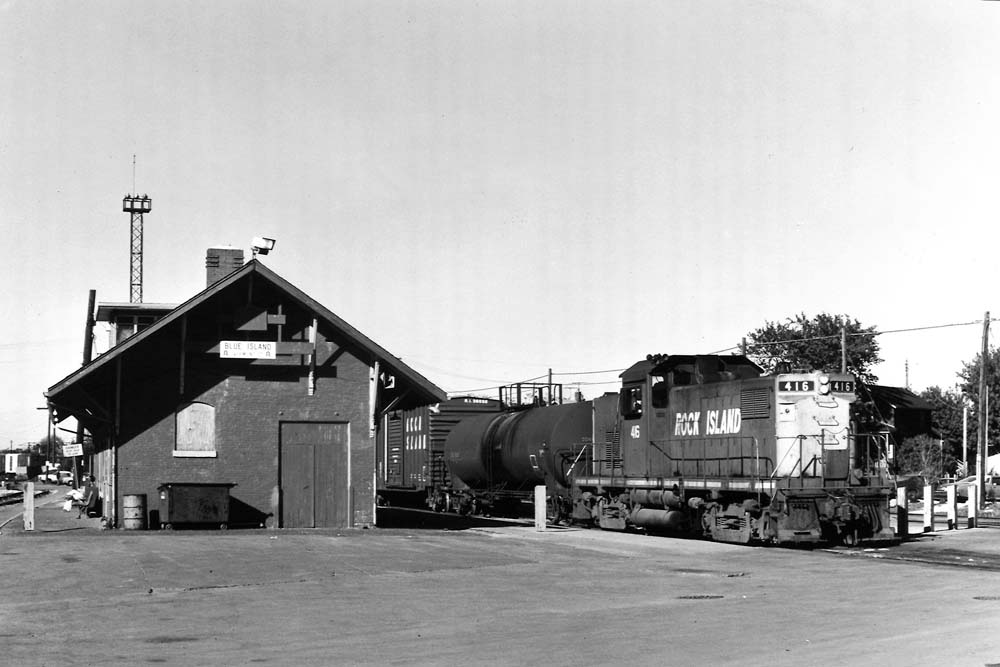
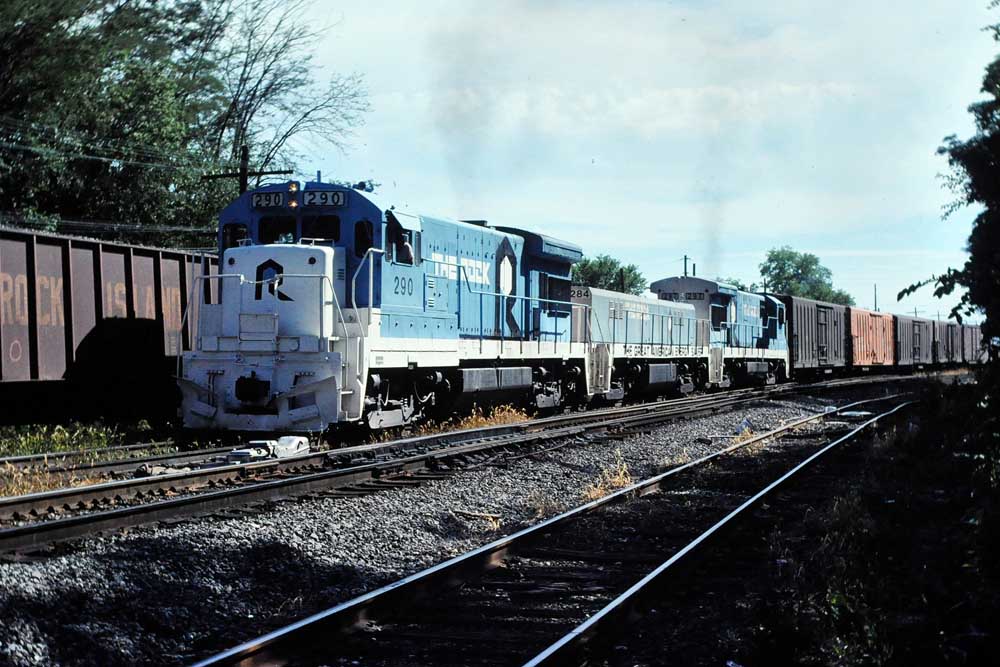
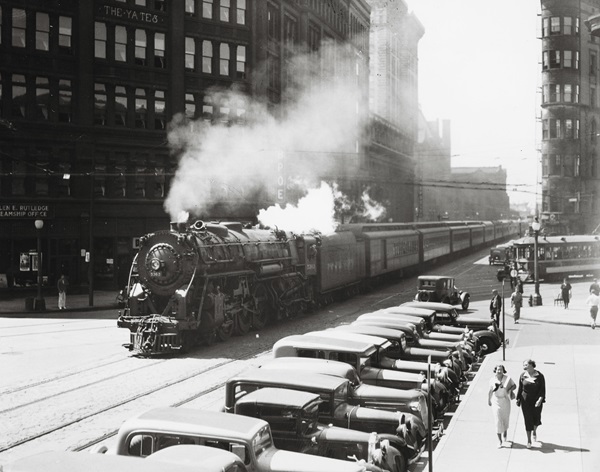
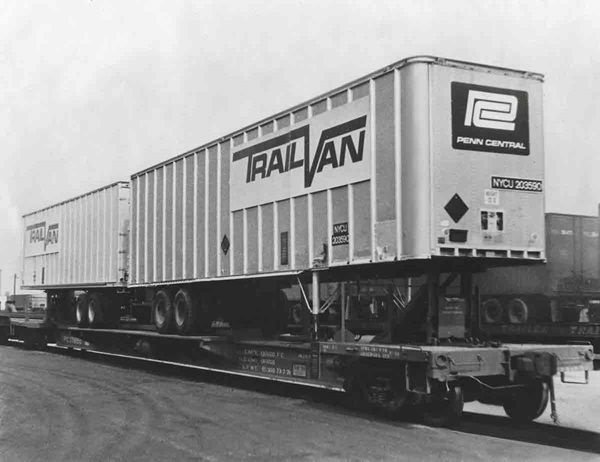




I enjoyed this story, as I am from the region (Cairo, Illinois, mentioned in the story) but it has absolutely nothing to do with the Illinois Central. Misplaced title? I’d like to see the story originally paired with the header.